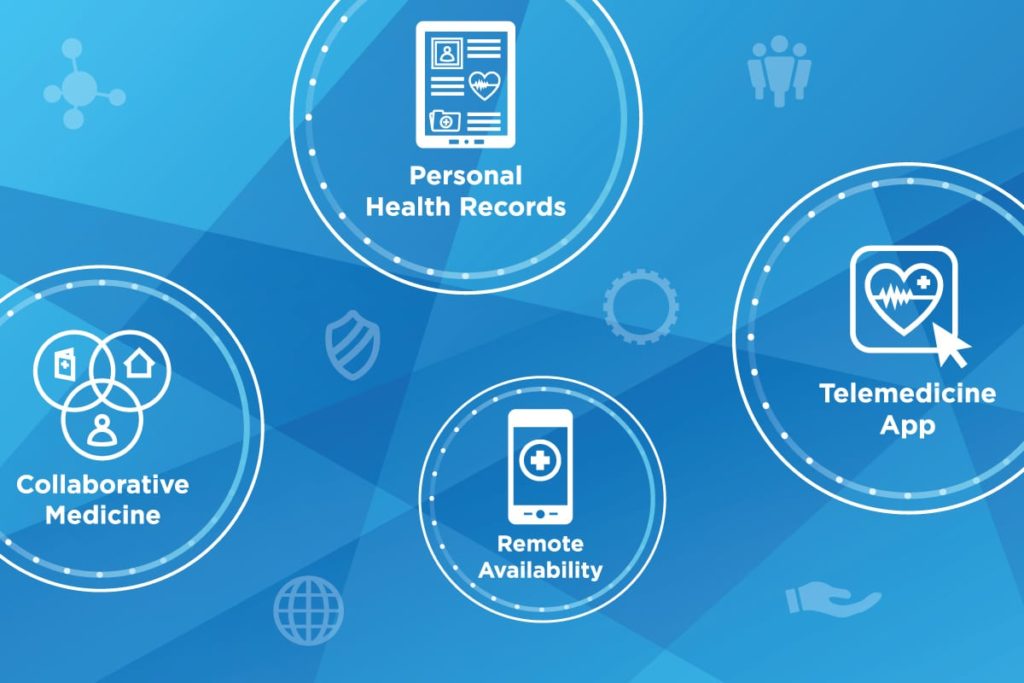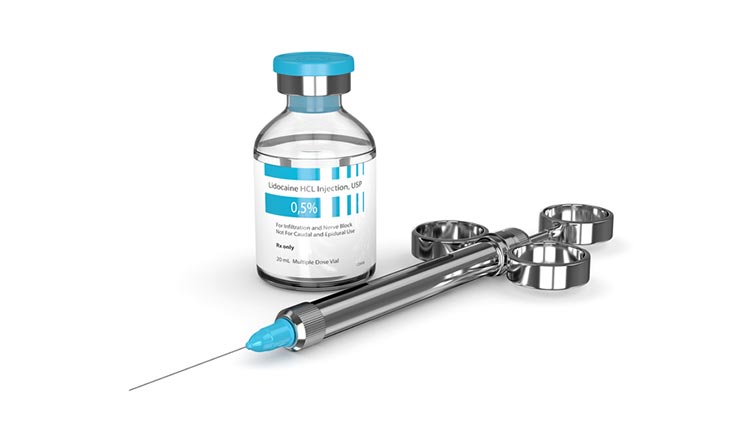Leading the Charge

 For more than 20 years, Helen Hawkey, BSDH, PHDHP, has served as an oral health advocate across the state of Pennsylvania. Currently the director of the PA Coalition for Oral Health, a nonprofit organization dedicated to improving the oral health of all Pennsylvanians by uniting stakeholders to further advocacy, policy, education, and innovative approaches, Hawkey is also a licensed public health dental hygiene practitioner. She previously worked as a research coordinator on a study of childhood caries in Appalachia with the Centers for Oral Health Research. Passionate about oral health education, she has worked as a trainer with the PA Head Start Association and the PA Chapter of the American Academy of Pediatrics on dental-related topics.
For more than 20 years, Helen Hawkey, BSDH, PHDHP, has served as an oral health advocate across the state of Pennsylvania. Currently the director of the PA Coalition for Oral Health, a nonprofit organization dedicated to improving the oral health of all Pennsylvanians by uniting stakeholders to further advocacy, policy, education, and innovative approaches, Hawkey is also a licensed public health dental hygiene practitioner. She previously worked as a research coordinator on a study of childhood caries in Appalachia with the Centers for Oral Health Research. Passionate about oral health education, she has worked as a trainer with the PA Head Start Association and the PA Chapter of the American Academy of Pediatrics on dental-related topics.
Hawkey has recently taken up the charge to change the state requirement that the clinician performing oral health screenings in school-based settings must be a dentist. She shared her thoughts with Sunstar Ebrief.
- Explain Pennsylvania’s mandated dental assessment requirement.
In Pennsylvania, the school code requires that districts conduct oral health screenings on children at three times:
- Upon entry to school (usually kindergarten)
- Grade 3
- Grade 7
Each of the 500 school districts in the state select one of two options to fill this mandate. For the current school year, 27 districts opted into a Dental Hygiene Services Program, which directs the district to hire a certified school dental hygienist (CSDH) as an employee of the school district to complete the screenings. The remaining 473 districts use a Mandated Dental Program, where the district contracts with a local dentist to complete screenings for any children who don’t return a form completed by their private dentist. The current law requires this to be a dentist only. A recent bill passed in our House of Representatives, HB1478, was introduced through advocacy with the PA Dental Hygienists’ Association. If passed, this would allow our direct access dental hygienists, public health dental hygiene practitioners (PHDHPs) to complete the screenings in districts that do not employ a CSDH. PHDHPs have been working independently and successfully in public health settings for more than 13 years in Pennsylvania.
A current challenge is that data on oral disease are not collected at the individual level. We may have eyes in the mouths of hundreds of thousands of kids each year, but we really do nothing but check a box with the information. The PA Coalition for Oral Health advocates for better use of these data by the state.
- What is the overall status of children’s oral health in the state?
Recently, the PA Coalition for Oral Health worked together with the Pennsylvania Department of Health to complete a statewide surveillance survey of third. More than 4,000 individual children were screened in school and the rate of caries experience across the state was more than 60%! We also tracked disparities in racial and ethnic differences, as well as geographic differences. One of the biggest issues we see is that only about 10% of the dentists in the state participate in our Medicaid health plans. This leaves us with very long wait lists to treat disease and an exacerbation of caries severity when kids finally do get in the chair.
- How did you get started in your career in public health?
It was during my own pregnancy that I realized there was a shortage of information and referrals in prenatal and pediatric oral healthcare. This led me to create materials and resources to share with others. I was able to connect with a variety of health advocates across the state and found my people — those who are passionate about improving population health through health literacy, community water fluoridation, and getting dental care “out of the op.” I would encourage any dental hygienists who would like to get started in public health to connect to their state oral health coalition.
- What other changes would you suggest to improve the oral health of children in the United States?
We have talked for years about focusing more on prevention, but our disease rates remain high, especially in younger kids. I think we need to see a shift to restorative treatment being completed from a medical model rather than a surgical one. Using modalities, such as silver diamine fluoride, glass ionomer sealants, and home-based iodine treatments, could actually make a dent in the disease burden we see in the US.






Responses